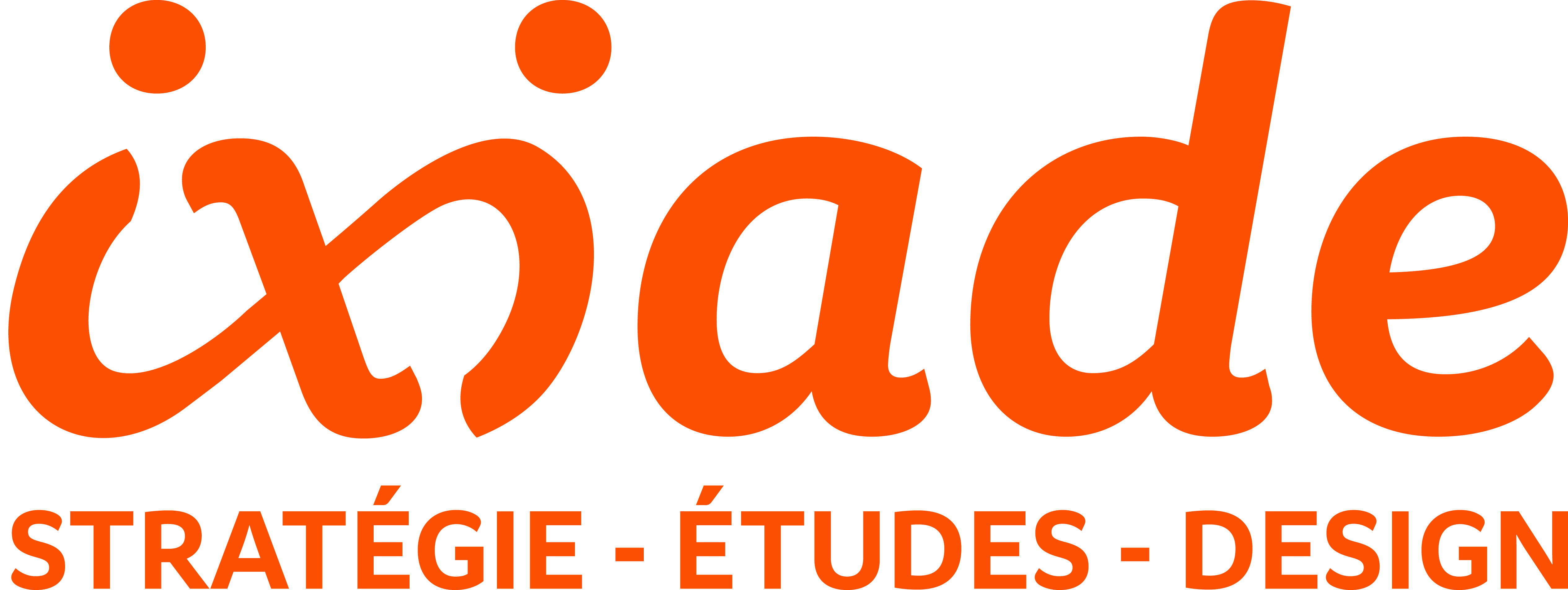One of the key steps in innovation is to test concepts with future users. This particularly crucial phase allows to identify the interest perceived by users and therefore to anticipate the market potential of an innovation. However, to obtain these results, the concepts still need to be represented. Scanning existing methods and techniques by Charlotte Decorps, marketing project manager at Ixiade.
How to represent a concept?
To be tested and therefore to lead users to project themselves into innovative solutions, concepts must be represented. This step follows the development of new offer concepts as we mentioned last month (April Newsletter).
For that, there are many types of concept representation:
- an idea, formulated with a stimulating sentence (“what if tomorrow you had…”)
- a change presented in the form of vignettes (the first one presenting today’s situation -existing uses-, the second one tomorrow’s situation with the concept -suggested uses-)
- a literal concept (a description of the concept in a few written slides allowing the user to understand what it is and how he/she could imagine using it)
- an illustrated concept (a description but also the first visual representations of the concept -sketches, temporal frescoes, 2D or 3D visualizations, videos-)
- a model or a prototype (functional or not, depending on time, budget and technical constraints)
Depending on the concept stage of maturity, one type of representation will be preferred over another, which will affect the way in which the concept is subsequently tested.
Which test for which type of concept representation?
There are many types of concept tests and as many possible applications. To determine which type of concept test is most suitable for each situation, the purpose of the study is an excellent starting point. In addition to being in line with the uncertainties one wishes to address, the type of test chosen must be in line with the concept stage of maturity. When the concept is at the beginning of its development cycle, rapid tests can be set up. These “guerilla” tests, carried out on small samples, provide an initial evaluation of the initial idea and its relevance. When the concept is more advanced in its development, user tests, with richer deliverables, can be set up. These “user” tests, carried out on representative samples of the target population, are the best way to evaluate the interest of a concept and to identify areas for improvement.
In both cases, the idea will be to assess acceptability (evaluating the way in which users project themselves in the use and usefulness of the concept), and/or usability (evaluating the concrete use of a concept), whether by qualitative or quantitative methods. It should be noted that quantitative methods will make it possible to obtain tangible scores on some aspects of a concept but will not be the most suitable method when trying to get users to project themselves into uses.
Regardless the types of concept representation and the types of tests, user assessments guide the continuation of the project and are prerequisites for determining market potential. If the evaluations’ results are favorable, it will then be possible to concretize the future offer around a robust value proposition.

